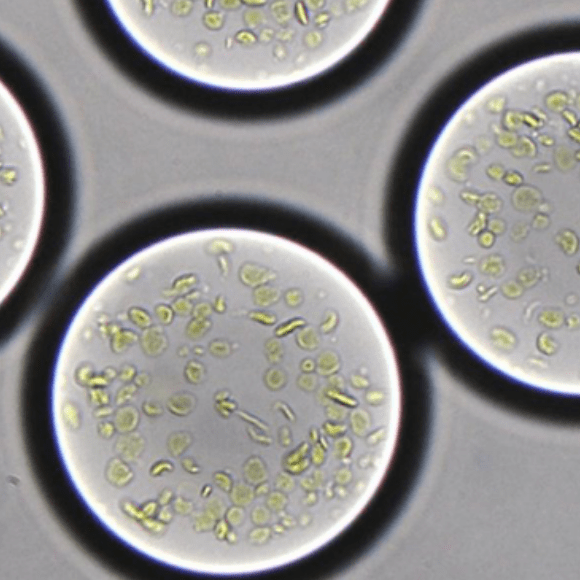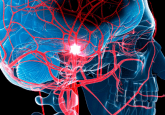One engineered protein, multiple therapeutic applications

New research led by Jennifer Cochran (Stanford University, CA, USA) has shown that small changes to a single engineered protein can have remarkably different results.
The study – published in Proceedings of the National Academy of Sciences – demonstrated that one set of alterations to the engineered CLCF1 protein caused the induction of neuronal cell regeneration, while another resulted in the inhibition of lung cancer growth.
CLCF1 is a ligand that binds to the ciliary neurotrophic factor receptor (CNTFR) and both are understood to be implicated in neuronal survival. Previous studies have also indicated that CLCF1 plays a role in atherosclerosis, osteoporosis and lung cancer.
Previously, in collaboration with study co-author Alejandro Sweet-Cordero (University of California, San Francisco, USA), Cochran demonstrated that a genetically engineered version of CNTFR could be utilized to inhibit the growth of lung tumors in xenograft mouse models.
Now, Cochran and colleagues have demonstrated that by altering a subset of amino acids, the ligand can be transformed into a superagonist. When this engineered variant was applied to a culture of injured neurons, axon growth was promoted, thus indicating that CNTFR-mediated binding was occurring at higher than standard levels.
 Artificial chloroplast project sees lift off
Artificial chloroplast project sees lift off
Bioengineered artificial chloroplasts take us a step further toward clean energy and carbon-based products.
Interestingly, when a different set of amino acids in CLCF1 were altered, the messenger acted as an antagonist. This variant was observed to inhibit the growth of non-small cell lung tumors in murine xenograft models.
Throughout her career, Cochran has been involved in engineering novel proteins with therapeutic applications. Most notably, a molecule engineered by Cochran’s lab for the treatment of ovarian and kidney cancer is now in human trials.
Cochran commented, “I have long been fascinated with how proteins function as nature’s molecular machines, and how the tools of engineering allow us to shape protein structure and function with the creativity of an artist, in this case using amino acids as our palette.”
While the current work has clear therapeutic implications in both neurodegenerative medicine and oncology, the experiments were carried out in rat and human cell lines, as well as murine models; additional research is required to validate the utility of CLCF1 variants for clinical applications.

